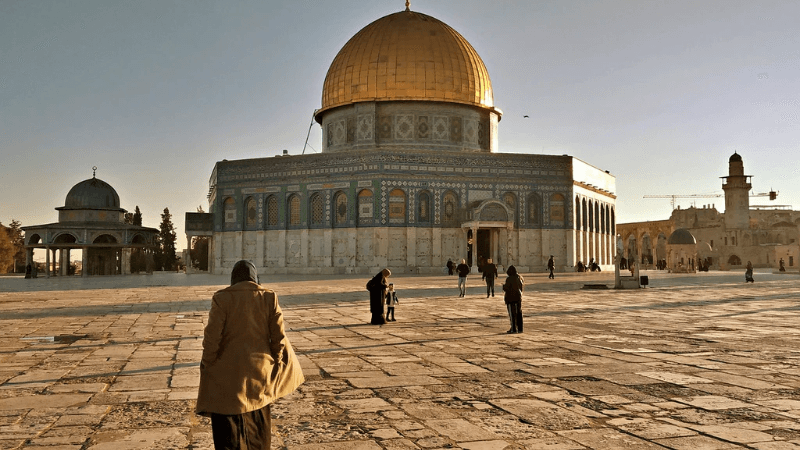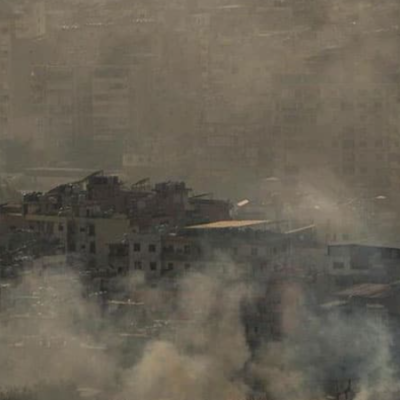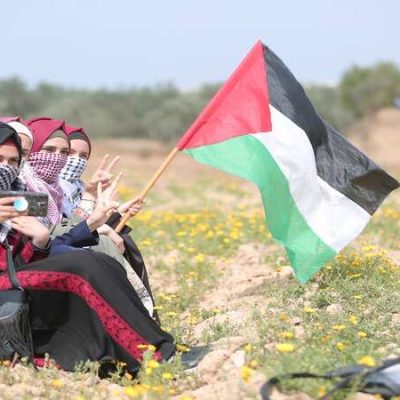Palestinian Heritage: Historic Landmarks and Cultural Exploration in the West Bank

The West Bank, being a culturally and historically rich area which provides a deep insight into Palestinian heritage through its historical sites and long standing traditions.
One of the greatest places is Bethlehem’s Church of the Nativity that is considered as the birthplace of Jesus Christ. This basilica, from the 4th century is a true testament to the centuries of religious passion and architectural development. Pilgrims and tourists alike find themselves attracted by its sacred corridors which reflect the strong spiritual heritage ingrained in Palestinian society.
In Hebron, the Old City contains a dense history. Its winding and narrow streets are filled with Mamluk period buildings and vibrant markets terminating at the sanctified Cave of the Patriarchs which is a sacred place for many religions. The city’s infectious energy provides an insight into everyday life and practices that have continued across generations.
Battir village, described as the Land of Olives and Vines features ancient farming terraces and a sophisticated system of irrigation that has supported olive and grape production for centuries. This cultural landscape not only marks traditional agriculture but also represents Palestinians strong attachment to land.
In towns such as Nablus the tradition of manufacturing olive oil soap has been passed down among local artisans from generation to generation as a sign of purity and hospitality. The tradition of making olive oil soap that has existed for centuries has recently received recognition from UNESCO based on cultural value amidst other pressures and challenges faced in today’s world.
The keffiyeh, a historical headdress, has moved beyond its functional roots to become an enduring symbol of Palestinian identity and resilience. It is worn at times of life’s milestones and protests alike interweaving strands of history, culture and resistance.




